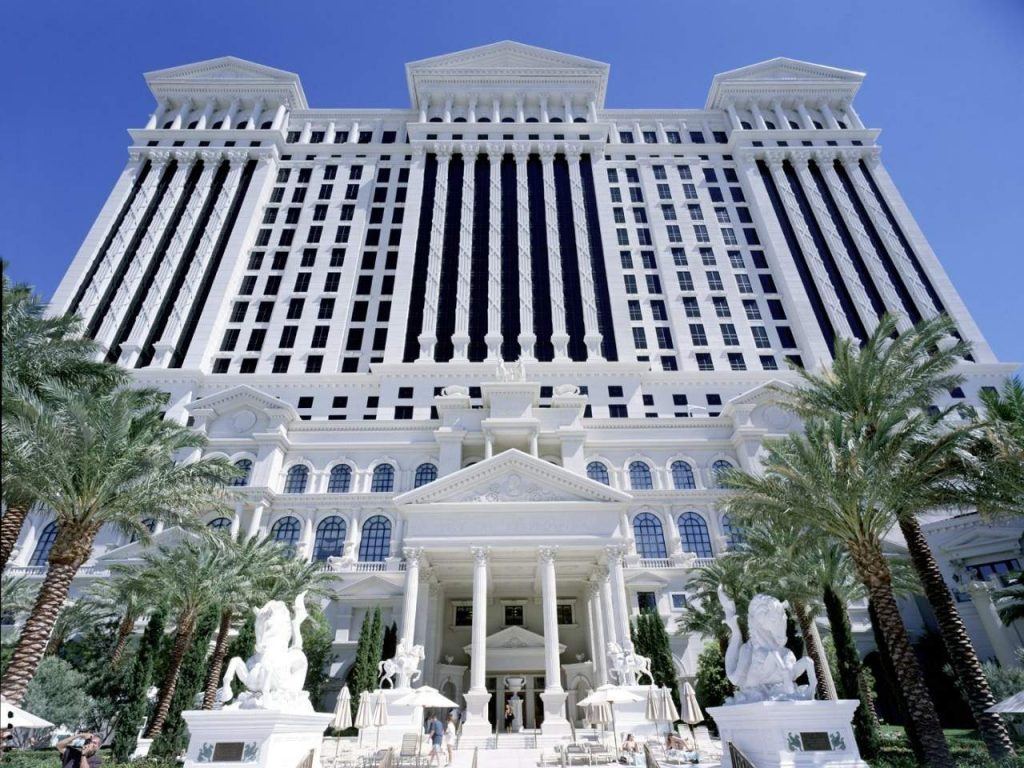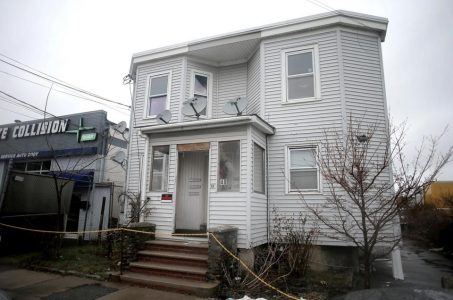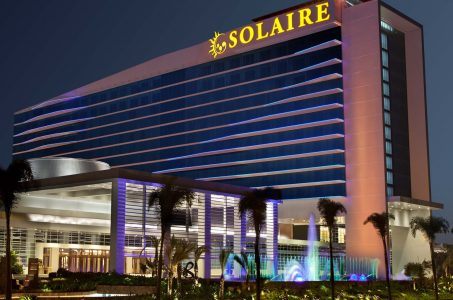Caesars Clears Final Regulatory Hurdles to Emerge from Bankruptcy in October
Posted on: September 28, 2017, 01:00h.
Last updated on: September 28, 2017, 12:20h.
Louisiana and Missouri gaming regulators have given regulatory approval to Caesars Entertainment and its related companies’ restructuring plans, finally putting to bed one of the messiest corporate bankruptcies in recent memory.

These two states that are home to Caesars casino properties represented the last boxes that needed to be checked before the company could proceed with a full exit from Chapter 11 bankruptcy as a new slimmer, reorganized corporate casino giant.
Having won approval from Nevada regulators in early July, the Las Vegas-based multinational conglomerate expects to emerge from Chapter 11 and begin operating under its new corporate structure in early October.
As part of the reorganization, the group’s distressed main operating unit, Caesars Entertainment Operating Co. (CEOC), will be spun off into a real-estate investment trust, while parent company Caesars Entertainment (CEC) will merge with subsidiary Caesars Acquisition Co (CACQ.O), in order to regroup its casinos and hotels.
The entire process will shave $10 billion off its outstanding $18 billion debt, thanks to creditors taking increased equity in the restructured company and a $6 billion contribution to the restructuring from Caesars private equity backers, Apollo Global Management and TPG Capital.
Messy Divorce
Caesars’ industry-high debt was accumulated in 2008 when the company, then Harrah’s, was acquired in a highly leveraged buyout by Apollo and TPG for a staggering $31 billion, just at the onset of the global financial crisis. The high pricetag reflected its new owners’ confidence that the casino industry was relatively recession proof.
As the world drastically reduced its traveling and discretionary spend, it didn’t take long for Harrah’s to feel the hurt. With revenue squeezed from the recession onwards, and almost $2 billion in interest payments alone due every year, Caesars sought bankruptcy protection in January 2015.
But by this point Apollo and TPG already had begun systematically divesting CEOC of some valuable assets, including Planet Hollywood, Bally’s, the Linq, the Quad, and the Cromwell.
To Apollo and TPG, this was necessary to keep the Caesars group alive, but CEOC’s creditors cried foul and accused them of asset stripping and fraud.
Junior creditors were further aggrieved when Caesars’ first bankruptcy proposal offered them only 9 cents on the dollar, which sent proceedings into two years of bitter squabbles and further lawsuits.
New Beginnings
A court appointed examiner ultimately ruled that Apollo and TPG were guilty of asset stripping and that the junior creditors did have a right to file claims worth billions of dollars against them. This forced the private equity firms to improve the deal and cede controlling ownership of Caesars in return for assurance that all lawsuits would be dropped.
With these agreements in place and approved by a federal bankruptcy court in Chicago, and now all relevant state regulatory agencies happy about plans to keep the gambling empire solvent, Caesars emerges from two-and-half-years of fighting for its financial life eyeing an altogether rosier future.
Thanks in part to a resurgence in Las Vegas tourism, operating profit has risen by 50 percent in three years and its stock has almost doubled in 2017 alone. The Financial Times suggested this week the company’s value could now be $25 billion, not far off its pre-recession sale price.
Related News Articles
David Baazov Forms New Global Investment Company
Wynn Boston Harbor Paying Top Dollar to Demolish Nearby Homes
PAGCOR Auctioning Two Parcels of Land at Site of Solaire Casino
Most Popular
Mirage Las Vegas Demolition to Start Next Week, Atrium a Goner
Where All the Mirage Relics Will Go
Most Commented
-
Bally’s Facing Five Months of Daily Demolition for Chicago Casino
— June 18, 2024 — 12 Comments -
Chicago Pension Mess Highlights Need for Bally’s Casino
— July 2, 2024 — 5 Comments
















No comments yet